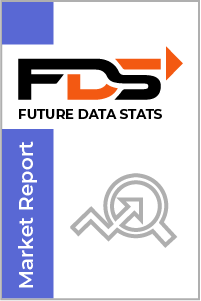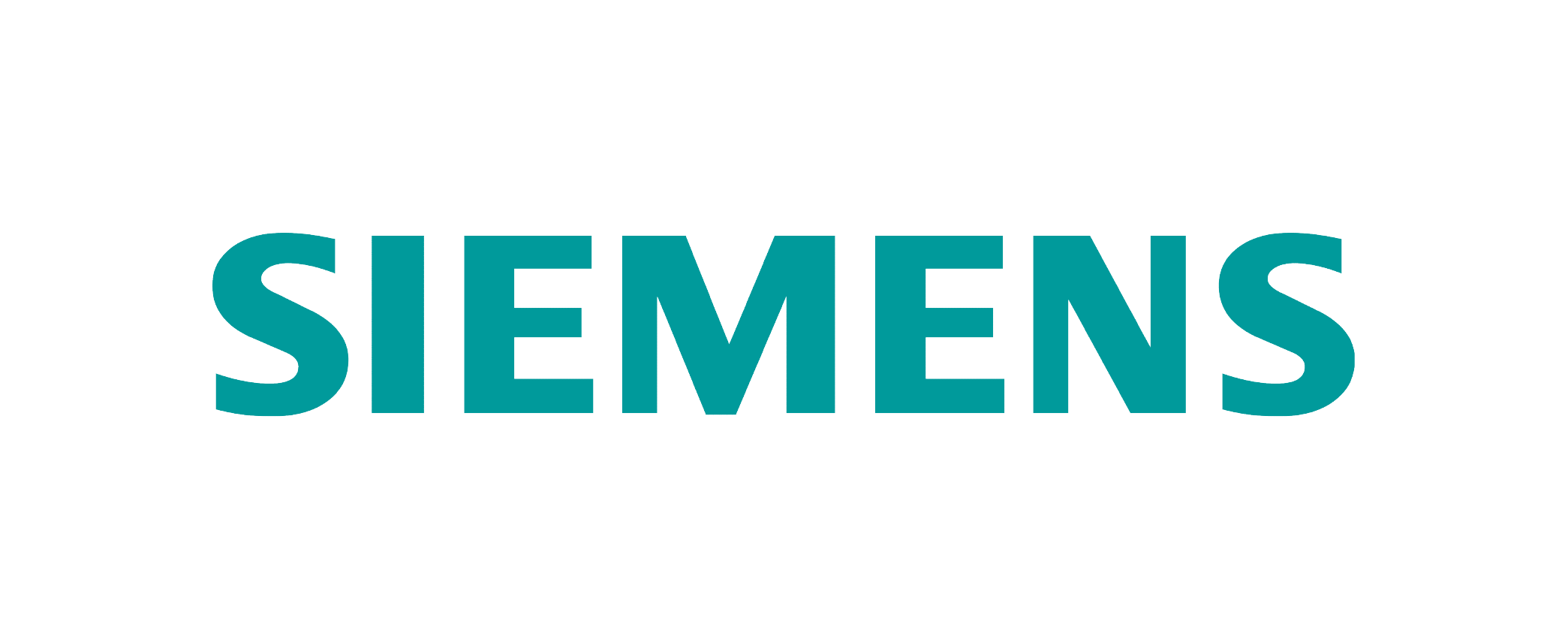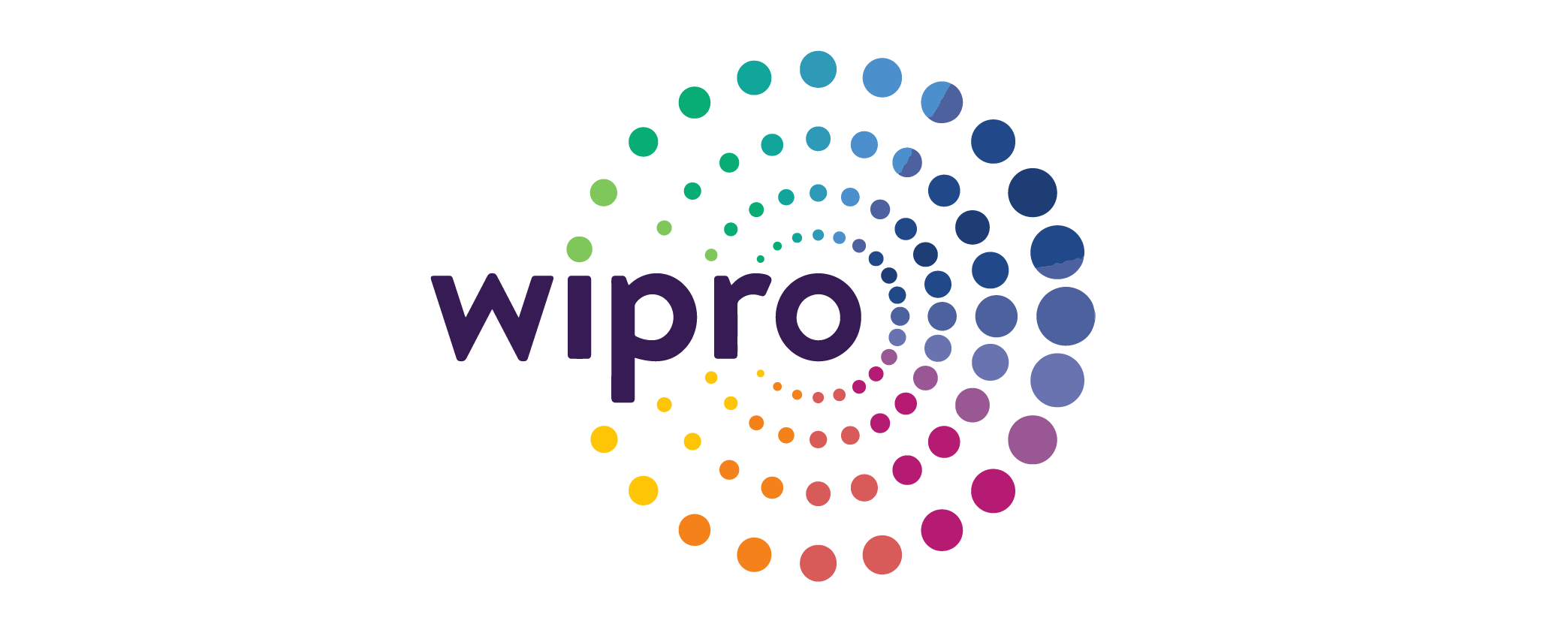The global AI Music Tools Market size was valued at USD 1.5 Billion in 2024 and is projected to expand at a compound annual growth rate (CAGR) of 25% during the forecast period, reaching a value of USD 7 Billion by 2032.
The "AI Music Tools Market Research Report" by Future Data Stats provides an in-depth examination of the market landscape, utilizing historical data from 2021 to 2023 to identify key trends and growth patterns. Setting 2024 as the foundational year, the report explores consumer behavior, competitive forces, and regulatory frameworks that influence the industry. It transcends basic analysis, delivering a thoroughly researched forecast extending from 2025 to 2033. By employing sophisticated data analysis methodologies, the report not only outlines the market's growth trajectory but also uncovers emerging opportunities and foresees potential obstacles, empowering stakeholders with vital insights to adeptly navigate the changing market landscape.
MARKET OVERVIEW:
The AI Music Tools Market refers to the growing industry of software and technologies that use artificial intelligence to assist in music creation, production, editing, and enhancement. These tools leverage advanced algorithms, machine learning, and other AI technologies to automate and streamline various aspects of music-making, from composition to sound design. This market is expanding rapidly as both professionals and amateurs seek innovative, efficient solutions to create high-quality music. For market purposes, AI music tools are increasingly integrated into diverse sectors, including commercial music production, personal use, and educational applications. The demand for AI-driven music solutions is rising due to their ability to reduce time and cost while offering new creative possibilities. The market is expected to grow significantly as more industries, such as media, entertainment, and advertising, adopt AI music tools to produce customized and dynamic soundtracks.
MARKET DYNAMICS:
The latest trends in the AI Music Tools Market highlight a significant shift toward more personalized and user-friendly applications. AI tools are increasingly being designed for both professionals and amateurs, offering intuitive interfaces and advanced features that cater to a wider audience. There is a growing trend of integrating AI with cloud-based platforms, allowing for greater accessibility and collaboration among music creators globally. Additionally, the adoption of AI-driven tools for music therapy and personalized compositions is gaining traction as industries recognize the potential for these technologies in mental health and well-being. Looking ahead, upcoming trends in the AI Music Tools Market suggest a focus on deeper AI integration with other emerging technologies, such as virtual reality (VR) and augmented reality (AR). These advancements will create new possibilities for immersive music experiences. The business scope for AI music tools is also expanding, as more industries like gaming, film, and advertising embrace AI for creating dynamic, customized music content. As demand increases for efficient, cost-effective music production solutions, the market is set to experience substantial growth, with opportunities for both established companies and new entrants.
Musicians and producers are embracing technology that streamlines the creative process, allowing them to generate music more efficiently. The rise of streaming platforms has also fueled this demand, as artists seek ways to stand out in a crowded market. Furthermore, advancements in machine learning and artificial intelligence enable these tools to offer personalized recommendations, enhancing user experience and engagement. Despite the growth potential, the AI music tools market faces challenges such as high development costs and the need for ongoing technological updates. Many small artists may find it difficult to access these advanced tools due to financial constraints. However, this presents a unique opportunity for developers to create affordable solutions tailored for emerging musicians. By focusing on user-friendly interfaces and scalable pricing models, companies can tap into a broader audience, fostering innovation and creativity in the music industry.
AI MUSIC TOOLS MARKET SEGMENTATION ANALYSIS
BY TYPE:
AI-based music composition tools are rapidly changing the landscape of music creation by offering musicians and composers an efficient way to generate new musical ideas. These tools use advanced algorithms to analyze patterns in music and generate compositions that sound original and unique. As AI-based tools continue to improve, they are enabling both seasoned musicians and newcomers to create complex, rich compositions in less time, making music creation more accessible. AI music production tools are enhancing the creative process for music producers by automating and simplifying various aspects of production. These tools can assist in mixing, mastering, and enhancing sound quality, which traditionally requires professional expertise. By reducing the time and skill required for tasks like sound balancing and final touches, AI music production tools make the production process more efficient, leading to higher-quality outputs with minimal effort.
AI-based sound design tools offer innovative ways to create unique sounds for music tracks, films, games, and more. These tools employ machine learning to mimic complex sound patterns and generate a variety of acoustic effects, helping sound designers experiment with new textures. The ability of AI to simulate intricate soundscapes allows for creative freedom and the development of distinctive auditory experiences that were previously challenging to achieve manually.
BY APPLICATION:
The commercial use of AI music tools is expanding as businesses seek innovative ways to enhance their audio content. Companies in advertising, gaming, and film production are leveraging AI-powered tools to generate custom music that resonates with their audiences. By using AI to produce unique soundtracks or jingles quickly, brands can tailor their messaging and improve engagement without investing significant resources into traditional music production methods. Personal use of AI music tools has seen significant growth with the rise of consumer-grade apps and software. These tools empower individuals to compose, edit, and produce music without needing professional skills. Whether it’s for hobbyists, aspiring musicians, or people looking to explore creative outlets, AI music tools make music production accessible, democratizing creativity and enabling personal projects that once required a studio and expertise.
In professional music production, AI tools are becoming an indispensable part of the workflow. From automating repetitive tasks to offering advanced sound modulation options, AI music tools are helping producers craft polished tracks with greater efficiency. These technologies can streamline post-production, optimize sound quality, and provide new creative possibilities, ultimately pushing the boundaries of what’s achievable in the professional music industry.
BY TECHNOLOGY:
Machine learning (ML) plays a crucial role in AI music tools, allowing them to learn from vast data sets of music and improve their output over time. By analyzing existing musical patterns, ML algorithms enable AI to generate more accurate and realistic compositions, matching human creativity and style. This continual improvement ensures that AI-generated music remains relevant and in tune with contemporary tastes. Deep learning takes machine learning to the next level, enabling AI tools to understand complex patterns and generate sophisticated music with minimal human input. By using neural networks, deep learning models can simulate the process of music creation with greater depth, ensuring that the final product is intricate and nuanced. This technology is ideal for creating everything from melodies to entire orchestral compositions, making it a valuable tool for both novice and experienced musicians.
Natural Language Processing (NLP) is increasingly used in AI music tools to understand and interpret user input, particularly for voice-commanded systems. With NLP, users can interact with music tools through natural language, making music creation more intuitive. Additionally, NLP can help generate lyrics or transform text into music compositions, opening up new creative avenues and enhancing the accessibility of AI-driven music tools.
BY END USER:
Professional musicians are embracing AI music tools to enhance their creative process, automate repetitive tasks, and experiment with new sounds. These tools offer musicians the ability to compose, arrange, and refine their music more efficiently, enabling them to focus on their core creative efforts. As AI continues to evolve, its integration into the professional music industry promises to bring more innovation and personalized approaches to composition. Music producers, who are at the heart of the music creation process, benefit greatly from AI music tools that streamline production workflows. These tools can automate mixing, equalization, and mastering processes, saving time while maintaining a high-quality standard. The ability to rely on AI for certain aspects of production allows producers to focus on crafting the perfect sound and experimenting with innovative techniques without being bogged down by technical tasks.
Independent artists are increasingly turning to AI music tools to produce professional-quality tracks on limited budgets. These tools provide them with the capabilities to compose, arrange, and produce music from their homes or small studios without the need for expensive equipment or large teams. AI helps level the playing field, allowing independent artists to compete with established musicians and create music that stands out in a crowded industry.
BY DEPLOYMENT MODE:
Cloud-based deployment of AI music tools is gaining popularity due to the convenience and flexibility it offers users. Cloud-based tools allow users to access their music creation tools from anywhere, eliminating the need for heavy local software installations. This accessibility is especially useful for collaborative projects, where multiple users can work on the same track remotely in real-time, making cloud-based AI music tools an attractive option for many music creators. On-premises AI music tools provide more control over data and security, making them ideal for larger production studios or companies with stringent data privacy concerns. These tools are installed directly on the user’s local system, offering a robust and stable environment for music creation. On-premises solutions often provide higher levels of customization and processing power, allowing professionals to have more control over their music production workflows.
The shift toward cloud-based solutions is expected to continue as AI music tools evolve, but the on-premises market remains relevant for users with specific needs or preferences. As both deployment modes offer unique advantages, the choice between them often depends on the user’s specific requirements, including collaboration needs, data security, and system performance.
REGIONAL ANALYSIS:
The AI Music Tools Market in North America is witnessing strong growth, driven by high levels of technological adoption and innovation in the entertainment and media sectors. The United States, in particular, is a major hub for AI-based music tools, with both startups and established companies focusing on developing advanced software for music production. The market is bolstered by increasing demand from professionals in the music industry, including musicians, producers, and content creators, who are integrating AI to streamline their workflows and enhance their creative capabilities. Additionally, significant investments in AI research and development from major tech companies further fuel market expansion.
In Europe, the AI Music Tools Market is evolving steadily, with strong demand across countries like the United Kingdom, Germany, and France. Europe’s music production and creative industries are embracing AI tools to enhance the efficiency and quality of music creation. The rise of AI-driven music therapy and education platforms in Europe is another significant trend, as institutions and healthcare providers seek new ways to incorporate AI into mental health and learning. The European market benefits from a highly skilled workforce and a growing interest in collaborative music production tools, which positions the region as a key player in the global AI music tools landscape.
MERGERS & ACQUISITIONS:
- In January 2024: OpenAI launched AI-powered music tool ""Jukebox"" updates for enhanced composition.
- In February 2024: Google DeepMind partnered with Universal Music to develop AI-generated music platforms.
- In March 2024: Sony Music acquired AI startup Audigent to expand personalized music recommendations.
- In April 2024: Meta integrated AI music tools into Instagram and Facebook for creator content.
- In May 2024: Shutterstock acquired AI music platform Amper Music to diversify creative assets.
- In June 2024: Spotify introduced AI-powered playlist generation tool ""AI DJ"" globally.
- In July 2024: Tencent Music merged with AI firm Endel to develop sleep-focused soundscapes.
- In August 2024: Apple acquired AI music startup Aimi to enhance Apple Music’s algorithmic compositions.
- In September 2024: Amazon launched AI voice-cloning tool for Alexa-powered music customization.
- In October 2024: Warner Music Group invested in Splice’s AI music creation platform.
- In November 2024: Adobe integrated AI music generator ""Project Music GenAI"" into Creative Cloud.
- In December 2024: ByteDance (TikTok) acquired AI music startup Jukedeck to boost in-app content creation.
KEY MARKET PLAYERS:
- OpenAI
- Google DeepMind
- Sony Music
- Meta
- Shutterstock
- Spotify
- Tencent Music
- Apple
- Amazon
- Warner Music Group
- Adobe
- ByteDance (TikTok)
- Universal Music Group
- Audigent
- Amper Music
- Endel
- Aimi
- Splice
- Jukedeck
- Project Music GenAI (Adobe)
AI Music Tools Market: Table of Contents
Introduction
- Overview of AI Music Tools Market
- Market Dynamics
- Drivers
- Restraints
- Opportunities
- Challenges
Market Segmentation
- By Type
- By Application
- By Technology
- By End User
- By Deployment Mode
Competitive Landscape
- Key Players
- Market Share Analysis
- Strategies & Developments
Regional Analysis
- North America
- Europe
- Asia Pacific
- Latin America
- Middle East & Africa
Market Trends
- Innovations in AI Music Tools
- Integration with Other Technologies
- Consumer Preferences
Future Outlook
- Projected Market Growth
- Emerging Technologies
- Future Trends in AI Music Tools
AI Music Tools Market Segmentation
By Type:
- AI-based Music Composition Tools
- AI Music Production Tools
- AI-based Sound Design Tools
- AI Music Enhancement Tools
- AI-based Music Editing Tools
By Application:
- Commercial Use
- Personal Use
- Educational Use
- Professional Music Production
- Music Therapy
- Media & Entertainment
By Technology:
- Machine Learning
- Deep Learning
- Natural Language Processing (NLP)
- Neural Networks
- Voice Recognition Technology
By End User:
- Professional Musicians
- Music Producers
- Content Creators
- Film & TV Production Companies
- Advertisers
- Educational Institutions
- Independent Artists
By Deployment Mode:
- Cloud-based
- On-premises
By Geography:
- North America (USA, Canada, Mexico)
- Europe (UK, Germany, France, Italy, Spain, Rest of Europe)
- Asia-Pacific (China, Japan, Australia, South Korea, India, Rest of Asia-Pacific)
- South America (Brazil, Argentina, Rest of South America)
- Middle East and Africa (GCC Countries, South Africa, Rest of MEA)
WHY SHOULD YOU INVEST IN A MARKET RESEARCH REPORT?
Smarter Business Decisions:
A high-quality market research report delivers valuable insights into industry trends, customer preferences, and competitor strategies. With solid data guiding your choices, you can minimize risks and confidently pursue new opportunities—whether launching a product or expanding into new markets.
Spot Hidden Opportunities:
Market research uncovers unmet customer needs and emerging trends before they become mainstream. By aligning your products or services with these opportunities, you can stay ahead of the competition and capture untapped demand.
Know Your Competition Inside Out:
Gain a clear picture of your competitors' strengths, weaknesses, and strategies. This knowledge helps you refine your unique selling points, craft stronger positioning, and outmaneuver rivals effectively.
Sharper, More Effective Marketing:
Understanding your audience is key to successful marketing. Market research reveals who your customers are, what drives their decisions, and how they engage with brands. With these insights, you can create tailored campaigns that deliver better results and higher ROI.
Reduce Risks Before They Arise:
Every business move carries some risk—but research helps you anticipate challenges before they become costly. By analyzing market conditions and potential obstacles, you can make proactive adjustments to protect your bottom line and reputation.
Strengthen Your Case for Funding:
Investors and lenders want proof of market potential before backing a business. A well-researched report provides the data-driven evidence they need, boosting your credibility and increasing your chances of securing capital.
Stay Ahead of Industry Shifts:
Markets evolve fast, with new technologies, regulations, and consumer behaviors constantly reshaping the landscape. Regular market research ensures you stay informed, adapt quickly, and maintain a competitive edge in your industry.
RESEARCH METHODOLOGY AT FUTURE DATA STATS
At Future Data Stats, we combine decades of industry expertise with cutting-edge research techniques to deliver unparalleled market intelligence. Our team of seasoned analysts employs a dynamic, data-driven approach to uncover actionable insights, helping businesses navigate complex market landscapes with confidence.
Comprehensive & Cutting-Edge Market Analysis
We go beyond surface-level trends to provide a 360-degree view of market dynamics. Our research methodology is designed to:
✔ Accurately assess market size, growth patterns, and competitive landscapes.
✔ Identify emerging opportunities through real-time trend analysis and predictive modeling.
✔ Validate findings with high-quality data, expert consultations, and independent verification.
Our insights empower decision-makers with strategic clarity, ensuring they stay ahead in rapidly evolving industries.
Multi-Source Data Collection & Validation
We leverage a diverse mix of primary and secondary research sources, including:
- In-depth stakeholder interviews (industry leaders, suppliers, distributors, and end-users)
- Statistical databases & market reports from authoritative global sources
- Regional market intelligence to capture localized trends and demand shifts
- Proprietary analytical models tailored to specific industry needs
- By cross-verifying data from multiple streams, we ensure maximum accuracy and reliability.
Key Advantages of Our Research Approach
- Actionable Intelligence – Clear, data-backed recommendations for strategic planning.
- Technology-Enhanced Accuracy – Advanced tools for data validation and trend forecasting.
- Unbiased Insights – Independent analysis free from external influence.
Our Two-Tier Research Framework
- Primary Research – Direct Industry Engagement
- Expert Interviews: Over 25+ hours of discussions with key stakeholders across the value chain.
- Targeted Surveys: Structured questionnaires for KOLs (Key Opinion Leaders) to gauge market sentiment.
- Competitive Benchmarking: Assessing leading players to determine market positioning.
- Secondary Research – Extensive Data Synthesis
- Analysis of 3,000+ documents, including industry reports, whitepapers, and regulatory publications.
- Global & regional data mining from government databases, trade journals, and financial reports.
- Macroeconomic & sector-specific trend mapping for long-term forecasting.
Dual Analytical Approach
We employ both top-down and bottom-up methodologies to ensure precision:
- Bottom-Up Analysis: Calculating market size from granular data, ensuring detailed accuracy.
- Top-Down Assessment: Validating findings through macroeconomic indicators and industry benchmarks.
Why Choose Future Data Stats?
✔ 70+ years of collective expertise in market intelligence.
✔ Customized research models for sector-specific accuracy.
✔ Transparent, reliable, and forward-thinking insights.
With Future Data Stats, you don’t just get data—you get a strategic advantage. Partner with us to unlock the full potential of your market decisions.
AI Music Tools Market Dynamic Factors
Drivers:
- Increasing demand for personalized music content.
- Growth in content creation across various industries.
- Advancements in AI and machine learning technologies.
- Cost-effectiveness and time-saving features for music production.
- Rising adoption of AI in creative industries.
Restraints:
- High initial cost of advanced AI tools.
- Lack of skilled professionals to operate complex tools.
- Resistance to adopting AI over traditional methods in music production.
- Privacy concerns related to AI-generated music.
Opportunities:
- Expansion in untapped regions and markets.
- Collaboration between AI developers and music industry players.
- Increased use of AI in music therapy and education.
- Growth in AI-driven music streaming services.
Challenges:
- Data privacy issues with AI algorithms.
- Difficulty in achieving high levels of creativity using AI.
- Risk of market saturation with similar AI-based tools.
- Competition from traditional music production methods.
AI Music Tools Market Regional Key Trends Analysis
North America:
- Rising investment in AI-powered music platforms.
- Growing use of AI for personalized music recommendations.
- Increased collaborations between AI companies and music labels.
Europe:
- Surge in adoption of AI in professional music production.
- Growing interest in AI-driven music education tools.
- Rising demand for AI in live music events and performances.
Asia Pacific:
- Expanding AI applications in mobile music creation tools.
- Adoption of AI music tools in the film and gaming industries.
- Growth of AI-based music therapy in healthcare sectors.
Latin America:
- Increasing use of AI in music streaming services.
- Growth in mobile music production platforms.
- Rising interest in AI for local music scene enhancements.
Middle East & Africa:
- Expansion of AI-driven music apps in the entertainment sector.
- Adoption of AI tools by independent musicians for production.
- Rising collaboration between tech companies and music festivals.
Frequently Asked Questions

















